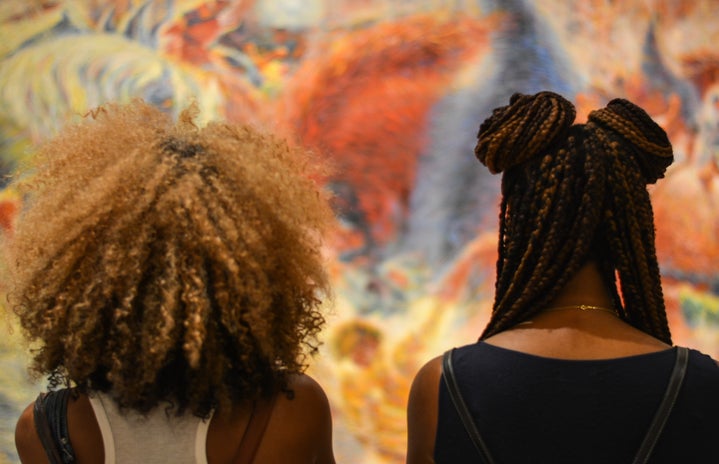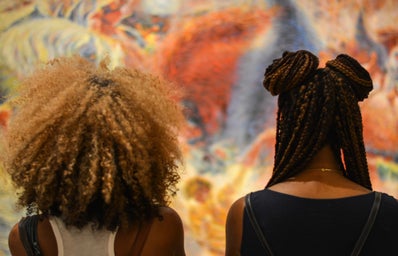When I was younger I became infatuated with a hair braiding book I received as a gift: I spent hours flipping through the pages and practicing fishtail braids on my dog. I remember asking my mom to give me two braids so I could be like Laura Ingalls Wilder. And rightfully so: braids, like cowboy hats and bandanas, are one of the few accessories of North American traditional dress. However, just like I connected to my roots by dressing up as a settler and riding invisible horses through the woods, other girls have also embraced their heritage through traditional hairstyles. Read on to learn more about the history of braids in different countries.
I could write an entire article about the cultural significance of braids for those with African heritage; cornrows, box braids, dreadlocks, and more have been worn for centuries. Historically, how a person wore their hair was a display of their wealth, marital status, or even tribal ties. In North America, many slaves used braids as maps for escape from plantations. Today, black people use their hair, whether worn naturally, with extensions, or cornrows, to express themselves artistically. However, may we never forget the rich and diverse history of braids throughout the continent of Africa, the Caribbean, and parts of North America.
For those with European roots, Viking braids have significance. While less intricate and symbolic as the hairstyles worn by black people and those with tight curls, traditional Scandinavian braids also represent rich history. As depicted in TV shows like “Vikings” or even “How To Train Your Dragon”, braids are worn by warriors and are used for practicality. This being said, many Scandinavian hairstyles also reflect wealth and social status.
Indigenous societies in North and South America put much importance into hair: how someone wears their hair is “considered sacred and significant to who we are as an individual, family, and community.” Many tribes believe the length of their hair reflects their cultural identity and traditionally men grow their hair down their backs. Depending on one’s tribal roots, women might wear their hair in two or three braids, paint their hair, or weave feathers, beads, or shells into their braids. Native Americans also prioritize grooming of one’s hair and connect with members of their family by brushing, braiding, or washing their hair.
Throughout the continent of Asia the symbolism of hair differs, but like other societies around the world, many tribes use hair and accessories to present social status. For example, ancient Chinese women wear their hair in braids until they marry, when they may wear a low knot. Thai people traditionally wear braids to protect from evil spirits, and some Hindu women even wore dreadlocks dating back to 2500 B.C. Sikh men, like indigenous tribes in America, grow their hair long and wear turbans for religious reasons.
Long, straight, and blonde, or tight, curly, and brown, hair is a huge part of each person’s cultural identity. For centuries, tribes around the world have worn braids; whether in preparation for a freezing Viking battle, to celebrate your alliship with your ancestors, or to guide your people away from the cruelty of your “master” without suspicion, hairstyles are significant for all people. So, the next time you buy conditioner or book a haircut, remember the cultural importance of your locks.


